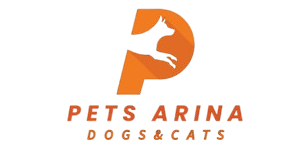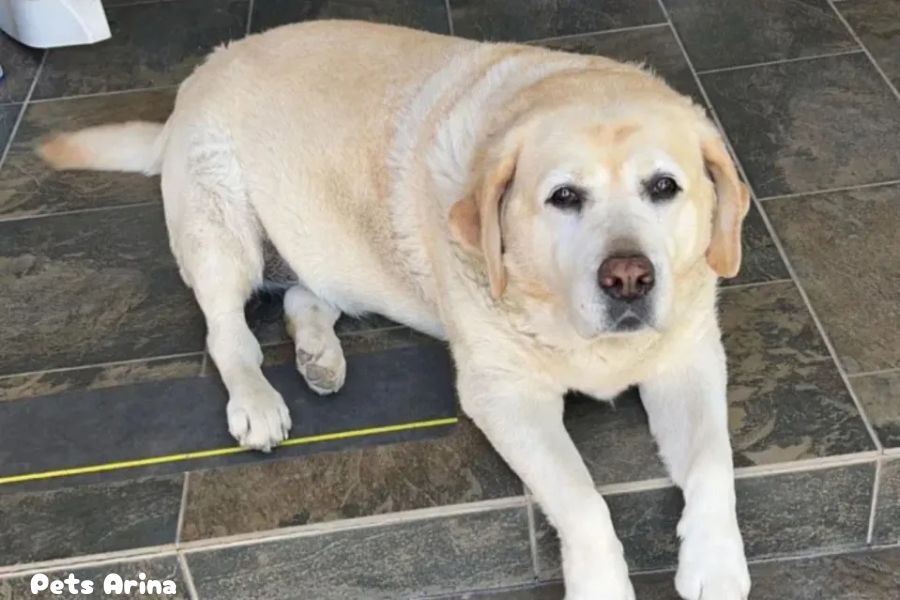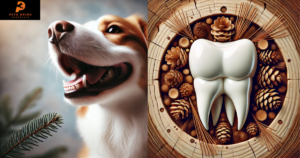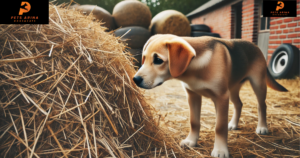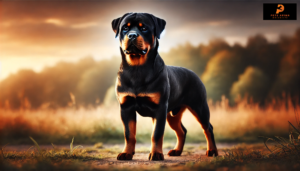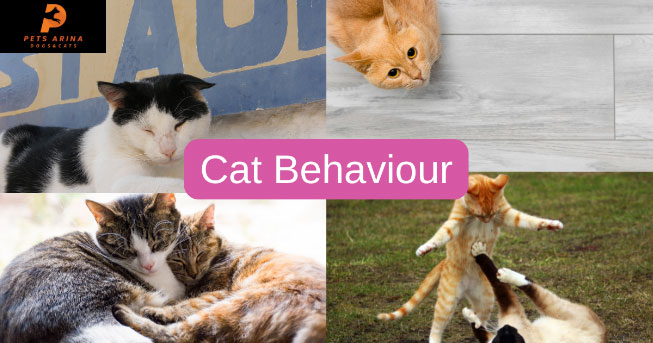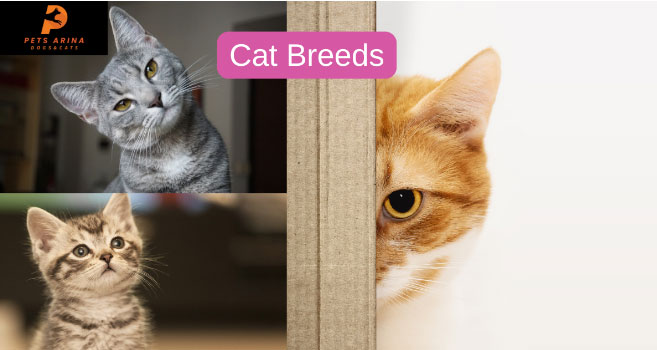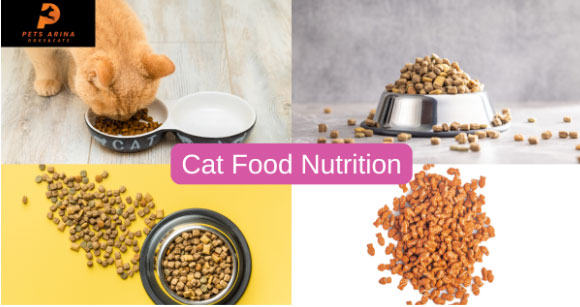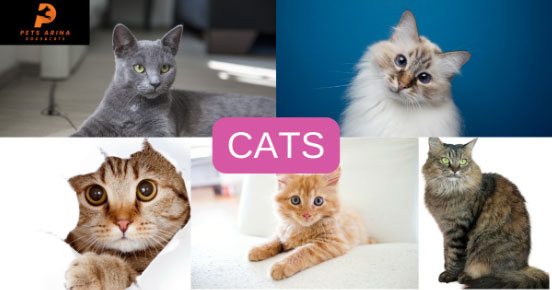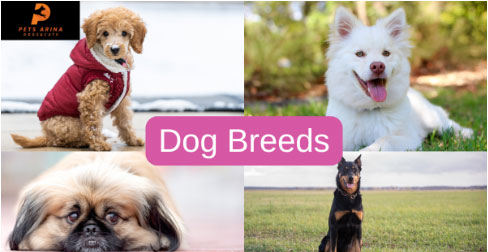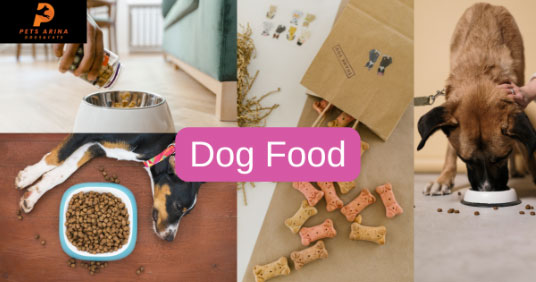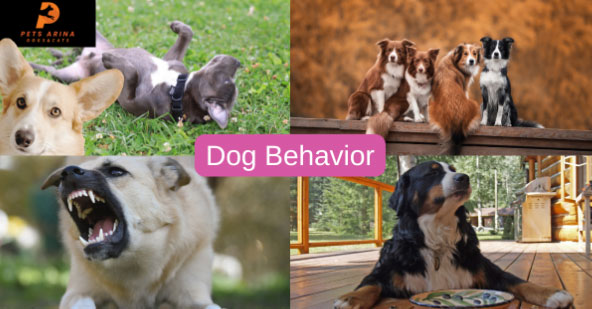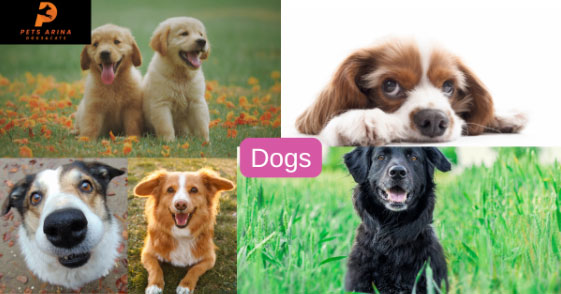When you think of a “butterball dog,” what comes to mind? Chances are, it’s a cute, round, and cuddly dog that seems to radiate warmth and affection. But is there a specific breed known as the “butterball dog”? In this article, we’ll explore the concept of the butterball dog, its characteristics, popular breeds that may fit the description, and the care and attention these lovable pets require.
What is a Butterball Dog?
The term “butterball dog” isn’t a specific breed but rather a playful description of dogs that are round, fluffy, and have a squishy, pudgy appearance. These dogs often resemble little “butterballs” because of their soft, rounded bodies and big, expressive eyes. While the term is more of a nickname, there are a few dog breeds that fit this description perfectly due to their distinctive build, such as the Bulldog, Corgi, and Basset Hound.
The “butterball” characteristic is more about a dog’s physique rather than their breed or temperament. It refers to dogs that have an endearing, roly-poly look with a round belly, short legs, and a generally plump and stocky body shape.
Popular Dog Breeds That Are Often Referred to as Butterball Dogs
Several breeds naturally exhibit the “butterball” appearance. These dogs tend to have round, short bodies with a broad chest and a compact, muscular build. Here are some of the most common breeds associated with the butterball look:
1. English Bulldog
The English Bulldog is one of the most iconic breeds often described as a “butterball dog.” These dogs are characterized by their muscular, stocky build, broad shoulders, and round faces. Their short legs and wide-set, deep chests give them a squishy, pudgy appearance that fits the “butterball” description perfectly.
Despite their seemingly grumpy expression, Bulldogs are affectionate, loyal, and known for their playful personalities. They are generally calm and laid-back, making them excellent companions for families and individuals alike.
2. Corgi
The Corgi, particularly the Pembroke Welsh Corgi and Cardigan Welsh Corgi, is another breed that has earned the “butterball” nickname. With their short, stout bodies, big round eyes, and a happy demeanor, Corgis often resemble little butterballs on short legs.
Corgis are energetic, intelligent, and affectionate. Though they may look comical with their short stature, they are highly trainable and excel in agility and obedience. These dogs are also known for their herding instincts, making them both lively and adaptable companions.
3. Basset Hound
Known for their droopy ears, soulful eyes, and long, low bodies, Basset Hounds are another breed that fits the “butterball” look. Their compact, muscular frame and plump bellies often give them a round appearance, especially when they are in good health and have a bit of extra weight on them.
Basset Hounds are known for their incredible sense of smell and calm, laid-back demeanor. They are friendly, loyal dogs that make great pets, but their independent nature can sometimes make training a challenge.
4. French Bulldog
The French Bulldog is another breed often referred to as a “butterball dog.” These dogs are compact, muscular, and possess a characteristic round face with bat-like ears. Their stocky, low-to-the-ground bodies and broad chests give them a pudgy, round appearance.
French Bulldogs are playful, affectionate, and sociable dogs that thrive on attention. Despite their small size, they have big personalities and are known for being friendly with children and other pets. They are also relatively low-energy and do not require excessive exercise, making them ideal companions for apartment dwellers.
5. Pug
Pugs, with their round faces, curled tails, and stocky build, are often considered butterball dogs. These dogs are well-known for their wrinkled faces, large eyes, and compact bodies that give them an overall squishy and endearing look.
Pugs are affectionate, playful, and comical, often doing anything to make their owners laugh. While they are relatively small, their large personalities and loving nature make them excellent companions for families or individuals seeking a loyal, charming pet.
See also: Deformed Dog: Understanding Conditions, Causes, and Care
Characteristics of Butterball Dogs
While different breeds may share the butterball appearance, they all possess certain physical characteristics that make them stand out. These characteristics are typically related to body shape, personality traits, and how they carry themselves.
Physical Characteristics
- Compact, Stocky Build: Butterball dogs tend to have broad, muscular bodies that are short and stocky. They often have wide chests and thick, strong legs. Their small stature, combined with their solid build, contributes to their “butterball” appearance.
- Round Faces: Many butterball dogs have round, soft faces with expressive eyes. Their faces may look squishy or wrinkled, adding to their adorable appearance.
- Short Legs: One of the defining features of butterball dogs is their short legs. Breeds like the Corgi, French Bulldog, and Basset Hound are known for their low-to-the-ground stature, giving them an almost “rolling” gait when they walk.
- Plump Bellies: Butterball dogs often have round or slightly protruding bellies that contribute to their “squishy” look. This roundness is usually a result of their body shape and sometimes, in the case of some breeds, an extra layer of fat.
Personality Traits
While each breed has its own temperament, many butterball dogs share common personality traits that make them even more lovable. These dogs are often friendly, affectionate, and social, seeking attention and bonding with their owners. Their laid-back, easygoing nature makes them great companions for families, individuals, and even those new to dog ownership.
- Affectionate: Butterball dogs are often known for their loving nature. They enjoy spending time with their families, curling up on the couch, and seeking attention. Many of these breeds are especially good with children and get along well with other pets.
- Playful: Despite their compact, often laid-back appearance, butterball dogs are often playful and enjoy interacting with their owners. They love games, treats, and engaging in fun activities with their families.
- Low-Maintenance: Many butterball dogs, such as the French Bulldog or Pug, are relatively low-maintenance in terms of grooming and exercise. They tend to have moderate energy levels and can be content with short walks and playtime.
- Sociable: These dogs tend to be social and love interacting with both humans and other animals. Whether it’s snuggling up with their owners or playing with other pets, butterball dogs enjoy being a part of the family dynamic.
Caring for a Butterball Dog
Caring for a butterball dog requires attention to their specific needs, especially when it comes to health, nutrition, and exercise. While these dogs are often low-energy, it’s important to ensure they maintain a healthy weight and get the right care.
1. Diet and Nutrition
Because many butterball dogs have a tendency to gain weight due to their round bodies, it’s essential to provide them with a balanced diet and control their calorie intake. Overweight dogs are more susceptible to health issues like joint problems, heart disease, and diabetes.
Owners should feed their butterball dogs high-quality food that is appropriate for their breed, age, and activity level. Portion control is key to maintaining a healthy weight, and treats should be given sparingly.
2. Exercise
While many butterball dogs are not as active as some other breeds, they still need regular exercise to maintain a healthy weight and stay physically fit. Short daily walks, play sessions, and interactive activities are essential for keeping them in good shape.
3. Health Considerations
Because some butterball dogs are bred for their unique body shape, certain breeds may be prone to specific health issues. For example, English Bulldogs and French Bulldogs are susceptible to breathing problems due to their short snouts, while Corgis are prone to back issues because of their long spines.
Regular veterinary check-ups are important to catch any health problems early and ensure that your dog remains healthy and happy. Vaccinations, flea and tick prevention, and dental care are all part of maintaining a healthy dog.
4. Grooming
Grooming needs vary by breed. For example, pugs and French bulldogs have short coats that are easy to maintain, while Corgis require more regular brushing to manage their thick coats. Bathing, nail trimming, and ear cleaning should be done as needed, depending on your dog’s grooming needs.
Conclusion
The butterball dog is not a specific breed but a delightful description of dogs with round, compact bodies and affectionate personalities. Breeds like the English Bulldog, Corgi, Basset Hound, French Bulldog, and Pug embody this playful and cuddly look. While each breed has its unique characteristics, all butterball dogs share a loving, loyal, and fun-loving nature that makes them wonderful companions.
Whether you’re considering adopting a butterball dog or simply fascinated by their charming appearance, these dogs are sure to bring joy and happiness to any household. With proper care, a balanced diet, and regular exercise, these adorable dogs can live healthy and happy lives as the beloved “butterballs” of their families.
